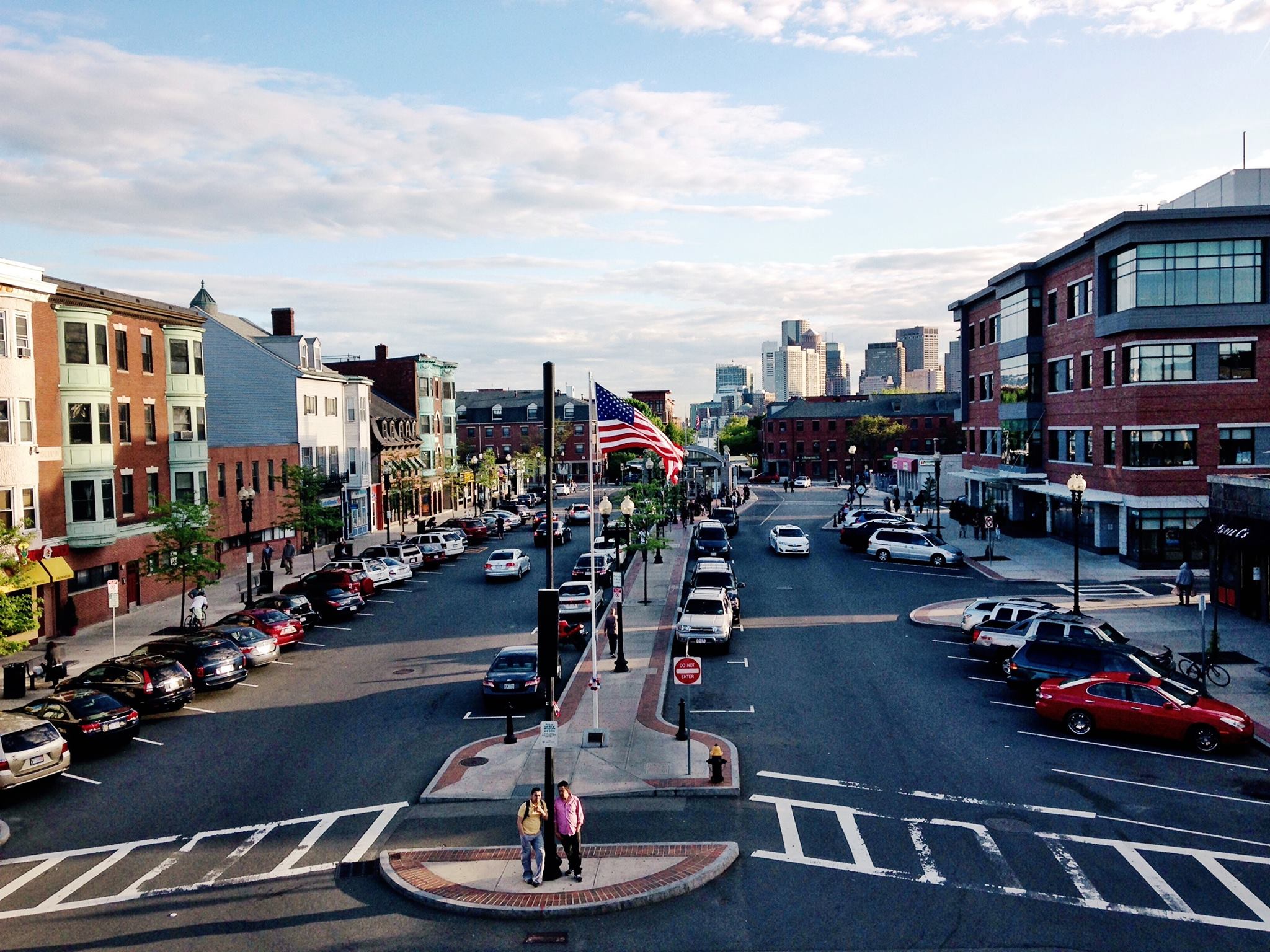BY: JACKIE RYAN, JULY 12th 2018
The ocean has always been a valuable resource, providing us not only with means of transportation and food, but also with beaches and recreation. It may come as no surprise that about 40% of the world’s population lives on the coast, including over 123 million Americans. Although so many live and work by the ocean, there is a continuous problem facing thousands of coastal communities: sea level rise.
Rising Tides
You may have seen the headlines of record temperatures melting Arctic permafrost or watched glaciers break off and plunge into the ocean. NASA reported that Arctic ice has decreased at a rate of about 13.2% per decade since 1979, resulting in the ice sheet only reaching 5.59 million square miles in early 2018. This is the second lowest “maximum extent” for arctic ice ever recorded –– a 7.4 % decrease compared to the previous 1981 to 2010 average. A 2017 study took this into consideration when projecting sea level rise this century. Researchers found that a “moderate” reduction in carbon emissions will result in a rise of almost 3 feet by 2100. Even if more drastic measures are taken to eliminate carbon pollution, the study still estimates that seas would rise an average of 1.8 feet.
Higher tides mean more flooding. In the past 30 years, flooding has become three times more likely along the coast of the United States and the 2017-2018 season had the highest flooding average recorded by the National Oceanic and Atmospheric Administration. In Massachusetts, 90,000 homes are at risk for “chronic flooding”, flooding that occurs every other week, by 2100. About a third of the houses susceptible to this level of flooding are in the city of Boston alone.
High Risk, Low Value
The implications of sea level rise are already being felt, particularly in the housing market. Housing prices were assessed in almost 4,000 cities throughout the United States, revealing a common trend: areas with a higher risk of natural disasters saw a decrease in sales from 2007 to 2017. Sales of homes with a high flood risk dropped by 5.6% after the ten-year timespan while homes with a very low flood risk rose by 8.4%. Beyond sales, appreciation value also declined in these areas, with higher risk homes seeing a 9.1% drop.
Climate Gentrification
As expected, housing markets in locations with historically low elevations are being hit the hardest by coastal flooding. This has especially been the case in Florida, which has an average elevation of 6 feet above sea level. In a recent study published in Environmental Research Letters, potential homeowners in Miami-Dade County were more wary of choosing properties right on the water, preferring houses either further from the coast or at a higher elevation. Developers and contractors also seemed to be following this trend by buying more desirable land with less of a flood risk.
While the decision to buy, rent, or develop a property at a safer distance from the ocean makes practical and economic sense, it has led to some unintended consequences. Jesse Keenan, a professor at Harvard University, studied the Miami-Dade area and found that in Miami’s Little Haiti, a neighborhood set a mile inland from the main city, some local residents and businesses are struggling to afford increased housing and rental prices. He determined that much of this has been due to a swarm of stores and upscale apartments sprouting up all over the community which have attracted new businesses and homeowners from outside the area. In 2017, Zillow reported that Little Haiti experienced the fastest growth of any community or city in Southern Florida, with a 4.6% increase in housing value.his level of development however, has forced those of modest income to leave the area for more affordable options.
Keenan described this shift where climate-induced factors, such as floods, affect the value of houses and property, as climate gentrification, but he explained that the outcomes are not always the same. While development is moving away from Miami’s coastline because of high flood risks, some areas in and around Boston are witnessing the opposite effect. In Hull, Massachusetts, a town right on the edge of Boston Harbor, a combination of factors including rising sea levels and the 2008 recession led some families to leave the seaside community,opening the door for new buyers. What once had been a predominantly middle class town has seen a rise in upper income residents who can afford increasing flood insurance rates as a result of its location. In East Boston, one of the more vulnerable areas in the city to flooding, gentrification has also been taking place. As properties have been bought and redeveloped, housing prices have gone up. Median rent for a one-bedroom apartment in the area was under $2000 in 2011, but rose to almost $2,300 five years later. Condos saw an even greater increase from $211,900 to $321,800 within that same time period.

East Boston, photo courtesy of the East Boston Chamber of Commerce
Next Steps
So you may be wondering “What now? What can be done to fix this problem? Unfortunately, the answer is not simple. The problems that have arisen in Little Haiti are not the same as those in Hull or East Boston. While developing a unified procedure for all coastal regions may appear to save time and effort, every community is geographically, demographically, and economically different.
In Boston’s 2030 Plan, for instance, addressing rising sea levels and gentrification is a primary focus for the city. Boston already identified low-lying areas that could be the most vulnerable to flooding and are determining ways to prevent future damage and harm. As part of its “Climate Ready Boston” plan, the city is investing in resiliency projects such as a $100,000 temporary floodwall along East Boston’s Greenway in order to protect residents and businesses closeby. In terms of gentrification, the city is also committing to measures that will help low to middle income families keep their properties or allow them to afford a home in Boston. City leaders hope initiatives such as increased homebuyer assistance and community-based land trust programs would help those who may need some financial support, as well as protect well-established neighborhoods, respectively.
Beyond local governments, businesses and nonprofits in Massachusetts are also offering their knowledge and expertise. For the past two years, CABA has reached out to business owners and agencies in the Bay State to provide guidance for coastal flooding through our Businesses Acting on Rising Seas (BARS). Linnean Solutions, a member business of CABA, has also engaged communities in flood resiliency planning. Company founder Jim Newman explains that “in our work with communities and cities -– from more coastal cities to inland, river-based cities -– Linnean has seen strong interest in understanding the new climate vulnerabilities and planning for adaptation. This interest had been steadily growing over the last several years, but the State’s Municipal Vulnerability Program has really kicked this work into high gear across the state. We are very much in demand for this.”
In the coming years, flooding will be an increasing threat to our coastal communities. While there may not be a perfect, standardized solution, taking steps now to mitigate sea level rise and support lower income neighborhoods will be necessary in protecting homeowners, businesses, and their properties.
 JACKIE RYAN COMMUNICATIONS FELLOW
JACKIE RYAN COMMUNICATIONS FELLOW









